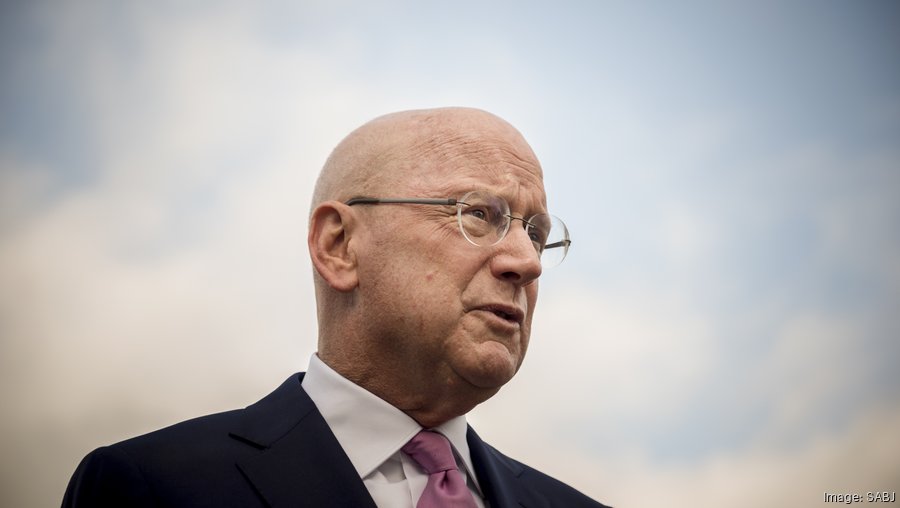Congress has approved billions of dollars in additional spending for the National Institutes of Health, and San Antonio leaders are hopeful a significant amount of that extra cash will flow this direction. But concerns remain about the impact that years of declining NIH funding will have on the Alamo City and its quest to become a more profound global player in bioscience.
In 2012, San Antonio organizations collectively received about $124 million in NIH grants. Last year, local entities were awarded less than $96 million in NIH funding, a 22.7 percent decline from 2012.
The grants are critical to San Antonio’s multibillion-dollar health care and bioscience sector. They help fund medical research, talent and infrastructure needed to carry out a variety of scientific activity — some of which could lead to breakthrough therapeutics and technologies advancing the delivery of care nationally and internationally.
In 2017, the NIH allocated a record $26.3 billion in grants. Yet San Antonio’s accumulative share of that funding was only about $6 million more than the total awarded to the University of Texas at Austin alone.
The NIH’s fiscal 2018 budget is $34.8 billion. It’s an especially impressive sum, given the previous years of volatility following the Great Recession — and the fact that President Donald Trump’s administration had proposed a 22 percent funding decrease for the NIH in September. Instead, Congress approved a $1.3 trillion spending bill in late March that included a $3 billion boost in NIH funding for 2018.
While San Antonio stakeholders consider the move by Congress a step in the right direction, some expressed uncertainty regarding the level of long-term support this area can expect from the NIH as it seeks to grow its health care and bioscience sectors.
UT Health San Antonio, one of the region’s largest recipients of NIH money, saw its funding drop from $73 million in 2012 to less than $61.5 million in 2017. The institution’s president, Dr. William Henrich, attributes that reduction in part to the effects of mostly flat NIH funding at the national level over the last several years.
“The concern about going flat is that there is an inflationary cost to laboratory supplies, medical personnel and equipment,” Henrich said. “Those things don’t stay flat.”
Where the money is — and isn’t
Last year, the NIH awarded nearly 54,700 grants to more than 2,600 recipients. Certain parts of the country have hauled in more of that money than others.
Researchers in Boston, New York, Philadelphia, Baltimore and Chicago, for example, collectively received nearly a quarter of all NIH grants awarded last year. From 2012 to 2017, Baltimore-based Johns Hopkins University led the nation in NIH funding, receiving $651.8 million in grant money.
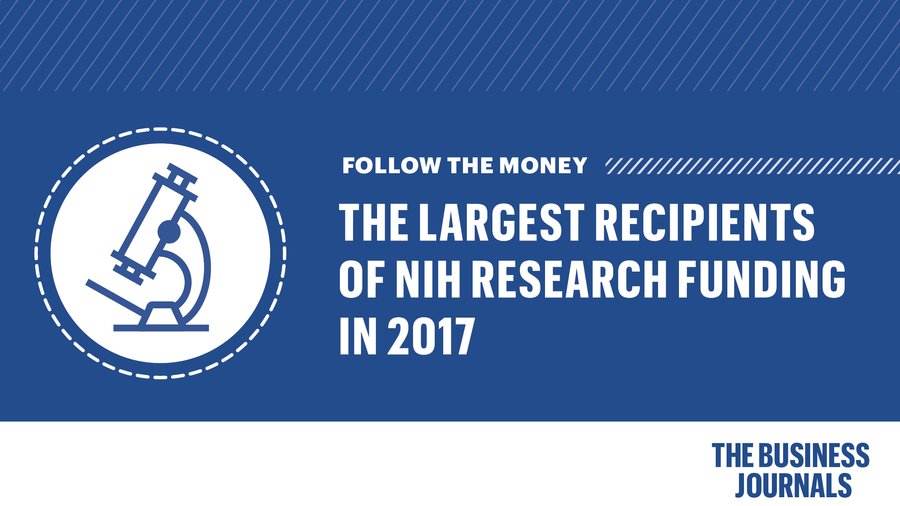






San Antonio’s total NIH funding over that same period was less than $630 million.
While the NIH should have more money to distribute in fiscal 2018 because of its $3 billion budget boost, there are concerns that the pace of growth in grant funding moving forward won’t make up for previous cuts or keep up with future inflation. Furthermore, there remains the possibility that political posturing in Washington, D.C., could erase modest gains and jeopardize more future funding.
"This increase does not really make up for years of reduced funding," Texas Biomedical Research Institute President and CEO Dr. Larry Schlesinger said. "Overall, the NIH budget has not increased in several years, and new funding is often targeted to specific areas. However, any increase is clearly better than no increase — or a sequester."
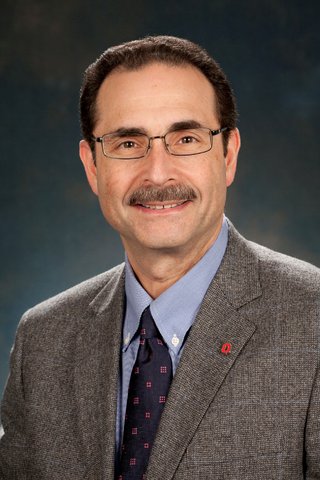
UT Health San Antonio expects to receive more NIH money in fiscal 2018 than it did a year ago, but that increase may only restore the institution to its 2012 funding level.
Any gains would positively impact San Antonio's broader economy, said Henrich, who said the multiplier effect for every dollar UT Health San Antonio receives from the NIH is fivefold to sevenfold.
“That’s because we use the money to hire other people, and we leverage those funds to do other research,” he said. “That’s true for other organizations in our city that land NIH funds."
Any further slip in funding could prove extremely costly for San Antonio.
Bob Hutchens, CEO of San Antonio-based stem cell research company StemBioSys Inc., said insufficient federal financial support “could potentially slow our progress as an emerging bioscience player, which could harm employment and economic development.”
Trial and error
One area of particular concern for San Antonio researchers is the decreased funding the NIH has set aside for clinical trials over the last several years. According to a new report by the Johns Hopkins Bloomberg School of Public Health, the number of NIH-funded clinical trials in the U.S. dropped from 1,580 in 2005 to 930 in 2015, a decline of more than 40 percent. The size of those funded trials has also shrunk – in scope and funding, after adjusting for inflation.
It’s an alarming trend for San Antonio, home to several organizations engaged in costly therapeutic trials and other clinical research aimed at combating multiple life-threatening diseases, including cancer and Alzheimer's disease.
“There are scientific discoveries that would be very difficult to fund from private sources, especially during the early development work,” Hutchens said. “NIH funding can help accelerate discoveries toward practical applications.”
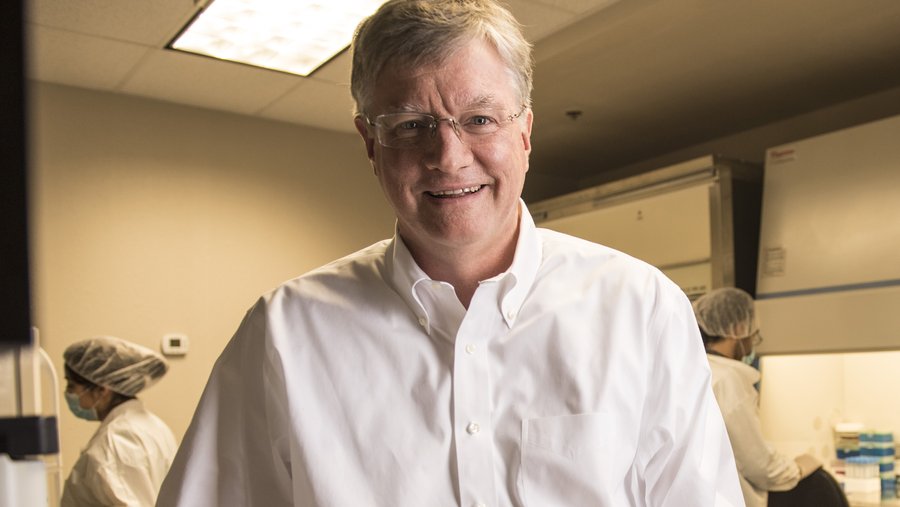
Maria Zannes, president and CEO of bioAffinity Technologies, which also has its headquarters in the Alamo City, said her biotech company plans to pursue new grant funding, including NIH money, to support multiple promising diagnostic and therapeutic projects. She said such funding is essential in helping organizations leverage private-sector support needed to move early-stage research toward scientific breakthroughs.
“Private investment often looks to products on the verge of commercialization, and [NIH reductions] can make it more difficult for researchers on the cutting edge of science to get the funds needed to carry their efforts forward,” Zannes said.
Henrich said even “bare bones” clinical trials can cost as much as $15 million to $25 million to execute because of the meticulous data and sophisticated testing involved. Without more help from the NIH, organizations could have a much tougher time funding such research.
“That’s one of the collateral effects,” Henrich said, warning that the end result could be a greater delay in the delivery of life-saving science.
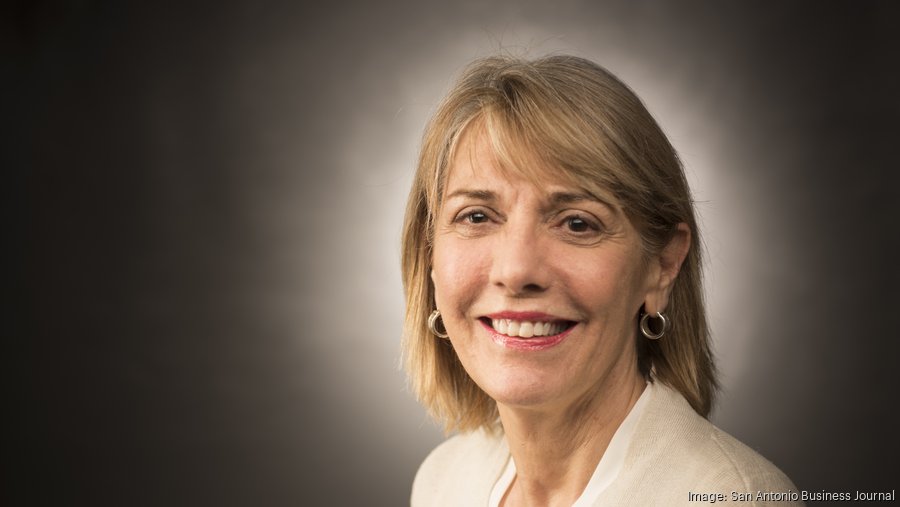
The inability to secure significantly more NIH funding could also make it increasingly difficult for San Antonio health care and bioscience organizations to attract and retain top talent needed to grow the industry. Zannes said scientists and other professionals engaged in biomedical research are drawn to cities and institutions that have shown an ability to attract such financial resources.
“We have excellent research and development being advanced in San Antonio. But if NIH funding continues to decline, we risk loosing scientists and researchers who, understandably, may need to go elsewhere,” she said.
